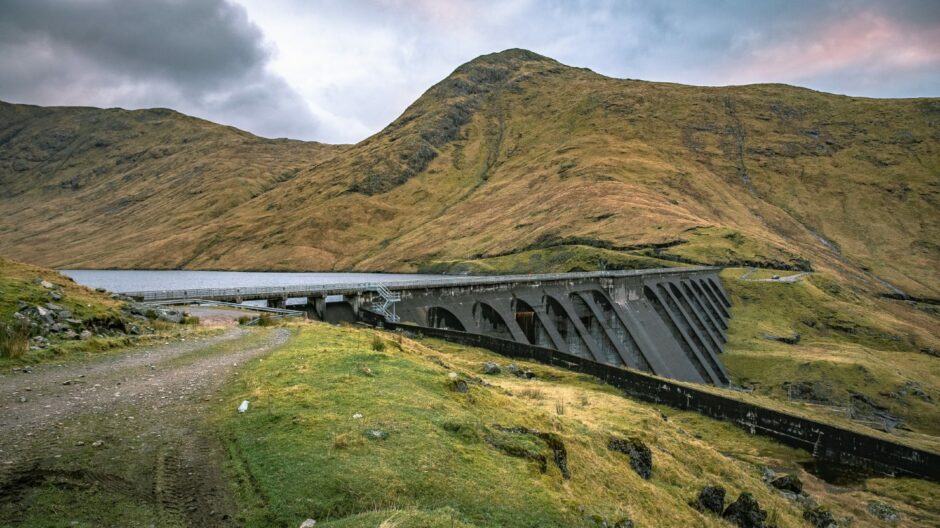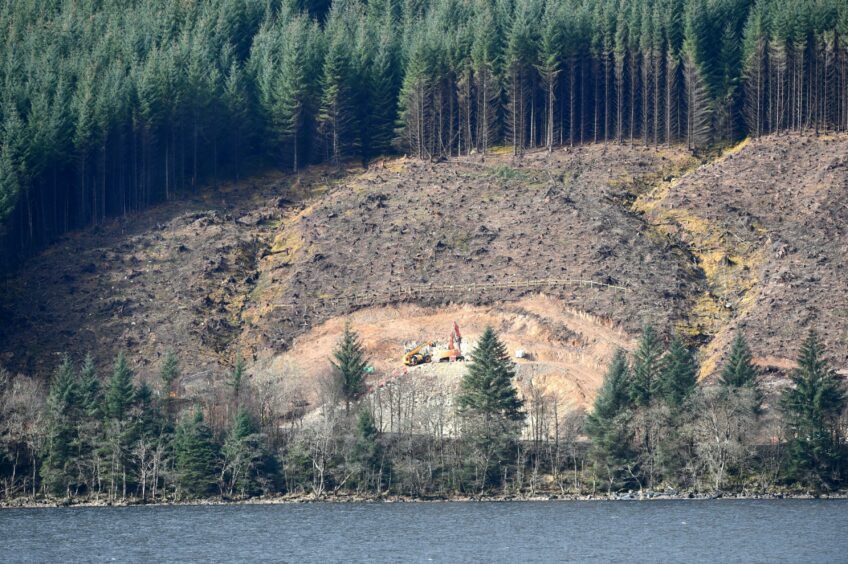
Everyone likes anniversaries, so how about marking this one? On August 5th 1943, the Hydro-Development Act (Scotland) was given Royal Assent. Eighty years ago, at the height of war, the Government of the United Kingdom passed a momentous law directed mainly towards the Highlands and Islands of Scotland.
Having paused briefly to marvel at the scale of political determination that made this come to pass, and to contrast it with what exists today, it is also useful to consider how this anniversary could be celebrated with a renewed commitment to the role of hydro-electric power in the net-zero context.
I recently made a rare return to my former place of employment for an event organised by the British Hydropower Association and the All Party Parliamentary Group on Energy Storage. Maybe someone remembered that, back in the day, I brought hydro within the Renewables Obligation in return for commitments to invest in the life extension of existing capacity.
Insofar as Ministers make a difference in their brief tenures, it can be because they carry personal enthusiasms into government. Policies which might otherwise be on the fringes of civil service thinking are given their moment in the sun. The other side of the coin is that if nobody is driving a “fringe” policy, there will always be reasons to do nothing.
At this juncture, there is an overwhelming case for looking afresh at what hydro power – and particularly pumped hydro storage – has to offer in the drive for net zero. I just hope there is someone in government at Westminster who has sufficient interest and belief to push it across the line sooner rather than later.
Like many of my generation, I became an instinctive fan of hydropower, not just for its role as a source of clean energy but for the social purpose it served in bringing light to the remotest island and glen. It was only later that I learned about the opposition which had to be overcome, mainly from outside Parliament where there was cross-party support for a “Highland solution”.
Others decried industrialisation of wilderness. As Tom Johnston, the Secretary of State for Scotland who drove the hydro vision, wrote: “Great landowners and sporting gentrice who lived in London or the Riviera most part of the year, and saw amenity in the Highlands and Islands only along the barrel of a sporting rifle, joined hands with a half-baked Celticism which objected to selling any water power to the southern counties of Scotland, even at a profit”.
Such forces eventually brought new hydro developments to an end. The last great hurrahs for the North of Scotland Hydro Electric Board were the construction of two pumped hydro storage schemes.
Cruachan in Argyll was opened by the Queen in 1965 and Foyers, on Loch Ness, a decade later by Willie Ross, the Scottish Secretary. Thereafter, hydro became marginal to debates about where our power should come from – and nobody was thinking about storage.
At present, the emphasis is on wind and solar power, both of which are fine with me. However, both are intermittent. As I write, according to National Grid Live, just 30% of our electricity is coming from renewables – less than that from gas.
A mere 0.8% is from pumped storage. Apart from the environmental imperative to reduce dependence on fossil fuels, there is the relevant fact that gas is expensive while water is cheap.
Last month, Drax won planning consent for a massive extension to Cruachan. Before that, Intelligent Land Investments secured consent for the Red John project on Loch Ness and SSE for Coire Glas.
Overall, there are nearly 7 GW of such projects in the pipeline – and investment available to all of them awaits the positive signal from government, which never seems to come. Maybe it’s nobody’s priority.
Aside from countering intermittency, another argument for storage is that, according to the National Audit Office, we pay £62 million per day – not per month or per year – in curtailment costs to renewable generators who cannot access the grid at any given time.
This is crazy. Not only are we not getting benefit from clean energy but we are paying through the nose for the privilege. Storage can seriously mitigate these costs.
The obstacle is that PSH schemes involve construction costs counted in billions for which investors, with global opportunities to choose from, need some long-term security. The same applies to nuclear power stations and interconnectors which the UK Government supports through “cap and floor” mechanisms that limit both risk and potential for excessive returns. To make it happen, hydro storage requires similar treatment involving no up-front cost to the Treasury.
It’s difficult to see what there is for government not to like. And that’s before we get to jobs. Unlike most renewable energy technologies, where large-scale employment has been much spoken of but modestly delivered, building PSH schemes would create tangible, well-paid jobs by the thousand both in construction and supply chain, without delay – just as the great hydro schemes did in the past.
Once again, it is time for hydro – and all we need is a government with the vision and influence to make it happen. What a noble way that would be to mark a notable anniversary.
Recommended for you

 © Sandy McCook/DC Thomson
© Sandy McCook/DC Thomson